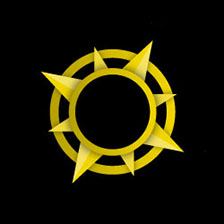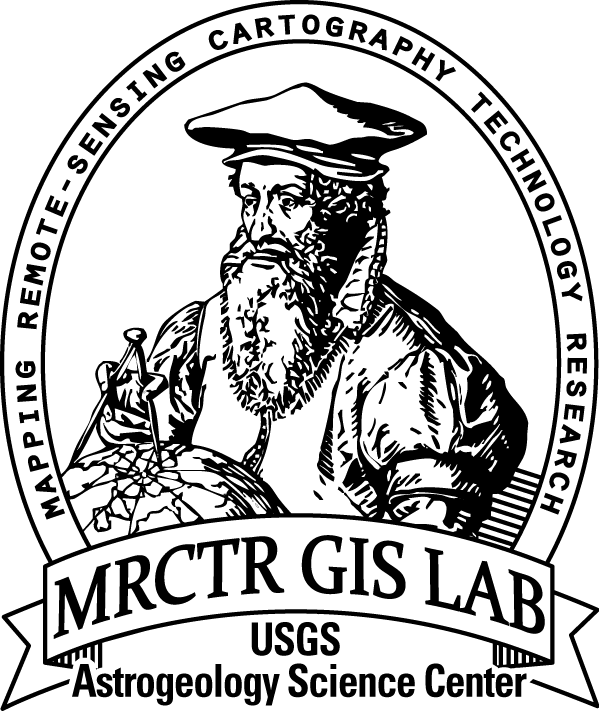Below are general announcements from previous years' Planetary Dunes workshops.
.
IAU APPROVES NAME "OGYGIS UNDAE"

On September 17, 2015, the International Astronomical Union approved the name Ogygis Undae for dune field 2938-497 (Mars Global Digital Dune Database ID number). Ogygis Undae is the first named Mars dune field outside the Martian circumpolar erg, and is also one of the few dune fields outside the erg which is not located in a well-defined crater. This dune field has been the subject of recent analysis due to a possible bimodal distribution of mineral types. See this 8th International Conference on Mars abstract and this 4th International Planetary Dunes Workshop abstract for more information about the composition of Ogygis Undae.
4TH INTERNATIONAL PLANETARY DUNES WORKSHOP (BOISE, ID, USA)

The Fourth International Planetary Dunes Workshop (May 19-22, 2015) was held in Boise, ID, USA on the Boise State University campus. Researchers in the worldwide aeolian community presented their work on both terrestrial and planetary aeolian processes. Studies from Mars, Titan, Venus, and their analogs on Earth were presented, as well as a first look at exciting new images of possible aeolian bedforms from comet 67P/Churyumov-Gerasimenko.
Oral presentations and a poster session took place over the course of two and a half days with an all-day field trip to Bruneau Dunes State Park near Mountain Home, ID. Dr. James Zimbelman, who is conducting research at this location, led the field trip. The dunes at this location are the tallest single-structured free-standing dunes in North America and are comprised of Columbia River Basalt in addition to other loose materials from the nearby hills.
Discussion during oral presentations, after each session, and during the wrap-up at the end of the workshop, allowed current problems to be considered and plans made for future approaches.











